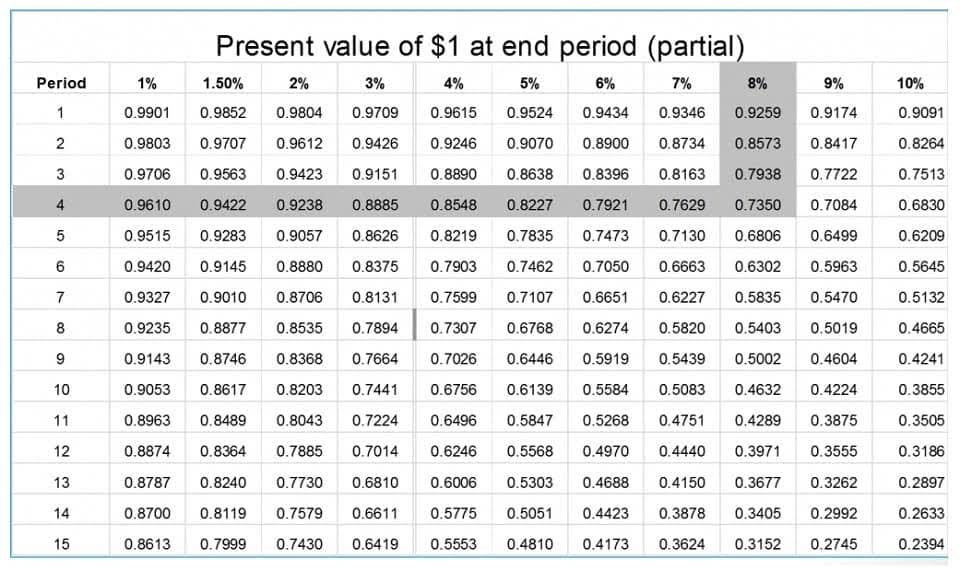
For example, a company will have a Cash account in which every transaction involving cash is recorded. A company selling merchandise on credit will record these sales in a Sales account and in an Accounts Receivable account. Whenever cash is paid out, the Cash account is credited (and another account is debited). Whenever cash is received, the Cash account is debited (and another account is credited).
Individual Tax Forms
When you pay a bill, your cash decreases and the amount you owe (liability) decreases (you owe less). The nature of each transaction can also be quickly determined. Below are the remainder of the journal entries relating to bank that we will enter in our bank T-account. The first transaction that involves the bank account occurs on the 1st of April, where Mr. Burnham invested $15,000 in the business. Let’s take our previous transactions relating to the bank account and see how this would be used to draw up the bank T-account.

AT&T services
- You hold the supplies in an inventory until they are used.
- A trial balance report summarizes all account balances from the general ledger, listing both debit and credit amounts.
- Each transaction is broken into its parts with clear explanations.
- Billed customers for fees earned for managing rental property, $30,800.
- If cash is being paid at the time of the purchase, the textbook will specify “paid” to indicate that.
- The adjusting entries will journalize the difference between the account balances as shown in the general ledger and the actual account balances.
The totals of the debit column and the credit column are not recorded in each column, only the final balance is recorded. When all transactions are posted to T-Accounts, the balance of the accounts is calculated. To calculate the balance for each account, follow these steps for each account. Rather than use the main equity account, we use an account specifically for tracking withdrawals by the owner. For Bookkeeping for Consultants this business, the account we use is called Joe Smith, Drawing.
- A T-account is a visual depiction of what a general ledger account looks like.
- Sales are reported in the accounting period in which title to the merchandise was transferred from the seller to the buyer.
- While T-accounts provide a structured framework for recording transactions, they offer limited flexibility in reporting formats.
- This entry balances the accounting T-account equation by increasing assets and revenues.
- Balance sheets skip this process and present the end result—what the company owns, owes, and retains.
- The chart below shows the complete set of T-accounts for the example transactions discussed in this article.
© Accounting Professor 2023. All rights reserved
T-accounts help keep the books balanced by showing all payables and payments clearly. Journal entries are the official, chronological records of all financial transactions. Each entry lists the accounts affected, the corresponding debit and credit amounts, and the transaction date.
- It depicts credits graphically on the right side and debits on the left side.
- Accurate asset tracking is critical for financial metrics like the current ratio, which compares current assets to current liabilities to assess liquidity.
- T-accounts are also your best friend when it comes to tracking journal entries.
- As a result, T-accounts are merely a tool for education and account visualization.
- While T-accounts provide a basic framework for recording transactions, they offer limited analytical capabilities for decision support.
- For example, if you examine the T-account above, you can see that all increases to the bank account (receipts) occur on the left side.
Rent Expense Account
Now, this T becomes your battleground for recording financial transactions. The left side is for debits, and the right side is for credits. Think of it like a seesaw – debits go down (they increase the account balance), and credits go up (they decrease it). However, since debits and credits are entered at the same time, these kinds of mistakes can be easier to catch if the accountant checks his numbers after every journal entry. A T Account is the visual structure used in double entry bookkeeping to keep debits and credits separated. Credits on the right increase the liability (invoices received), and debits on the left decrease it (payments made).

📆 Date: Aug 2-3, 2025🕛 Time: 8:30-11:30 AM EST📍 Venue: OnlineInstructor: Dheeraj Vaidya, CFA, FRM

Now that you have your framework, you can begin to record the purchase. Debits (left-side entries) always increase asset accounts and reduce liability accounts, while credits (right-side entries) reduce asset accounts and increase liability accounts. As a Accounting Periods and Methods result, debit balances are common in expense, asset, and owner’s drawing accounts. Credit balances are common in income, liability, and owner’s capital accounting. Using T-accounts makes sure all entries are spot-on and the income statement shows the real financial performance. For more insights, visit our accounting general journal entries.

Joe Smith, Drawing is a sub-account of the Joe Smith, Capital account. In this case, we want to reduce equity so we debit the account. When a business has expenses, t account it pays out cash either “now” or “later”. If cash is being paid at the time of the purchase, the textbook will specify “paid” to indicate that.

This visual representation helps them ensure their records’ accuracy and easily prepare financial statements. Accrual accounting requires meticulous tracking of accounts receivable, accounts payable, and accrued expenses, which may not be effectively captured in T-accounts. Consequently, businesses employing accrual accounting methods may find T-accounts insufficient for accurately reflecting their financial position and performance.